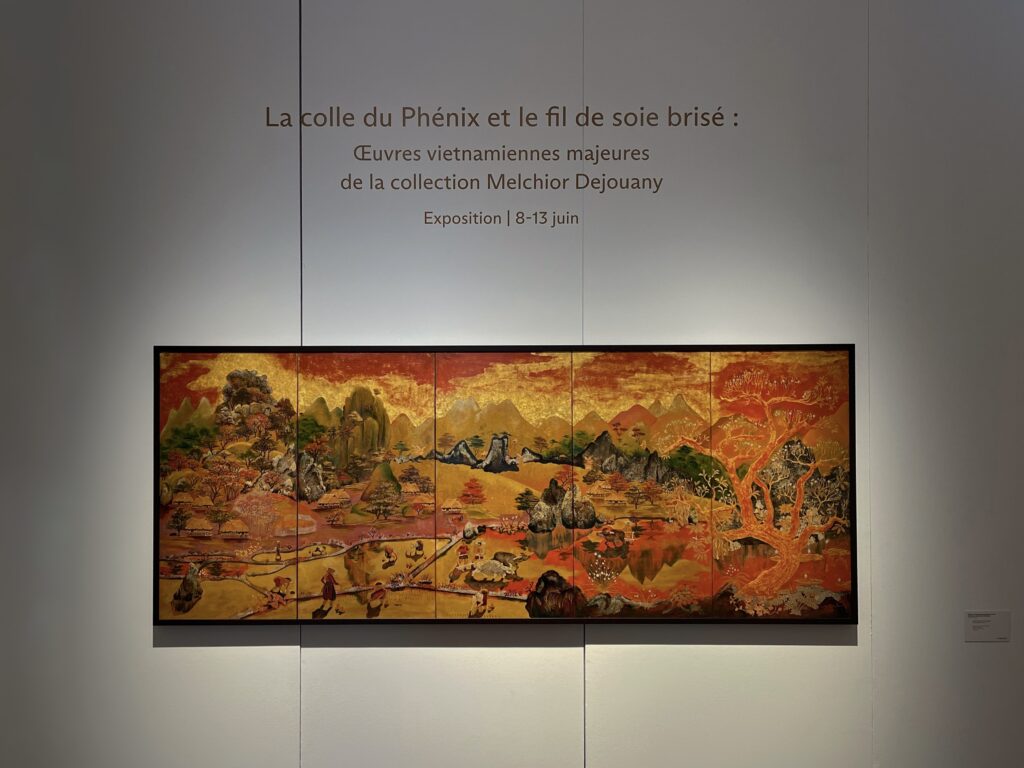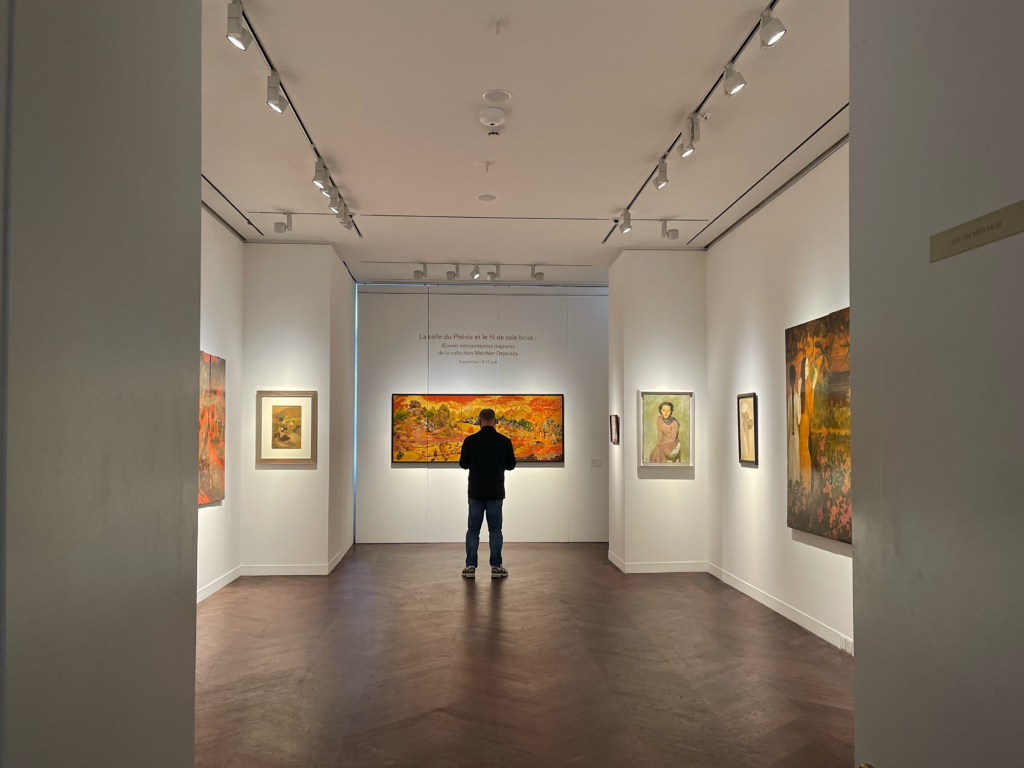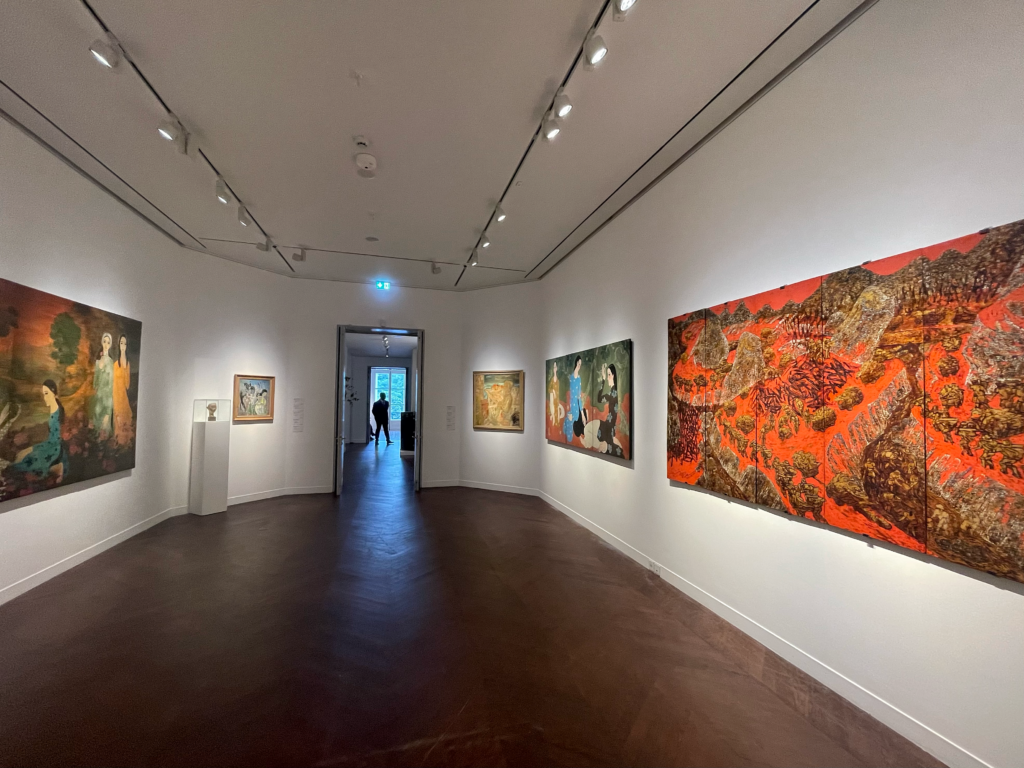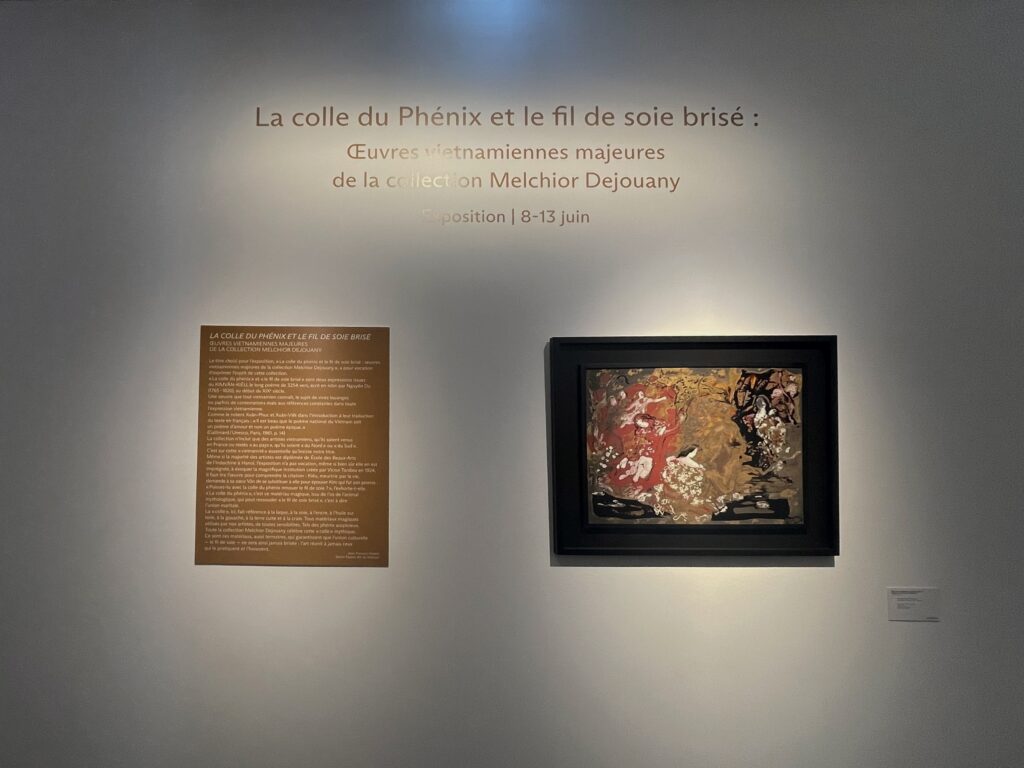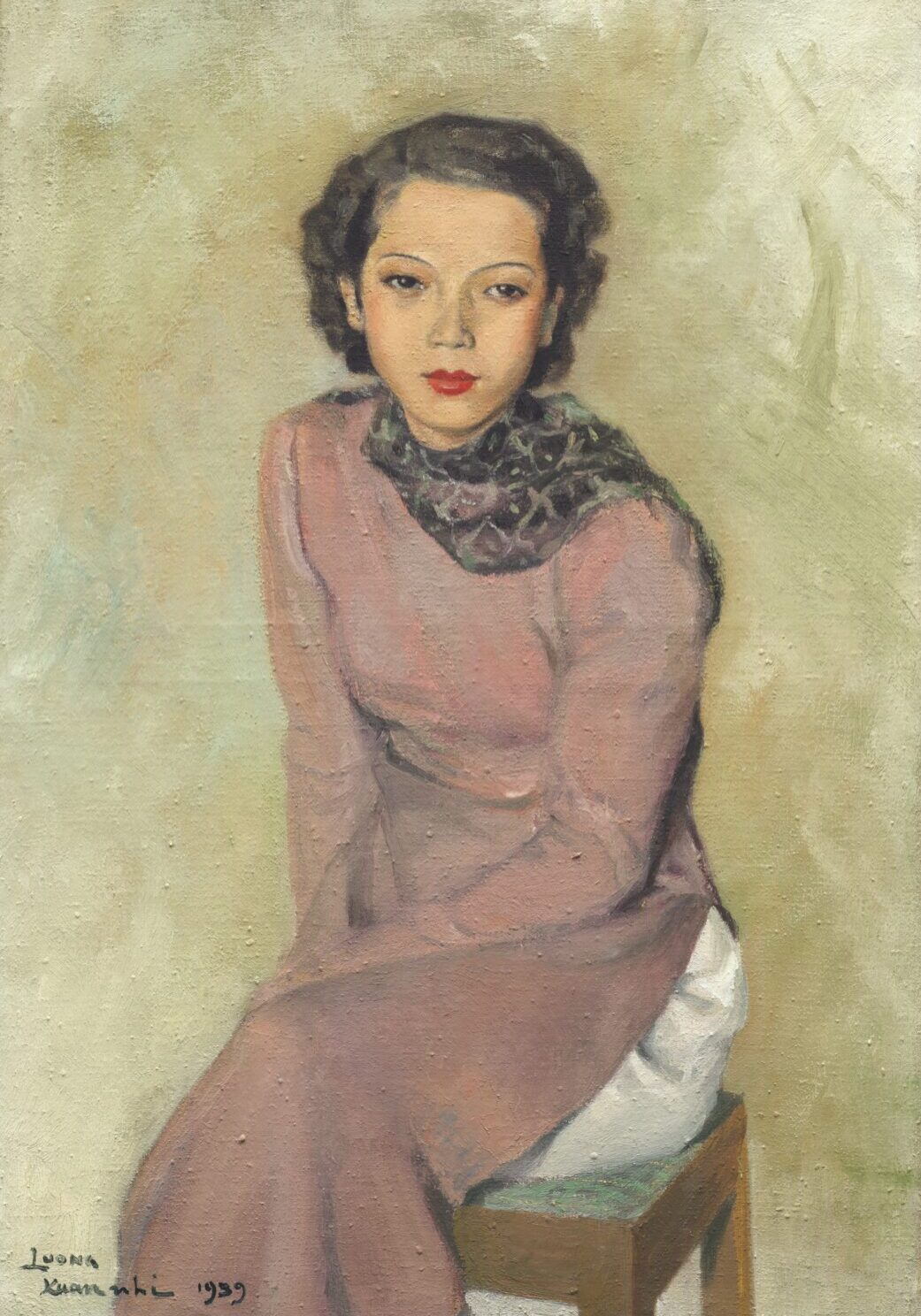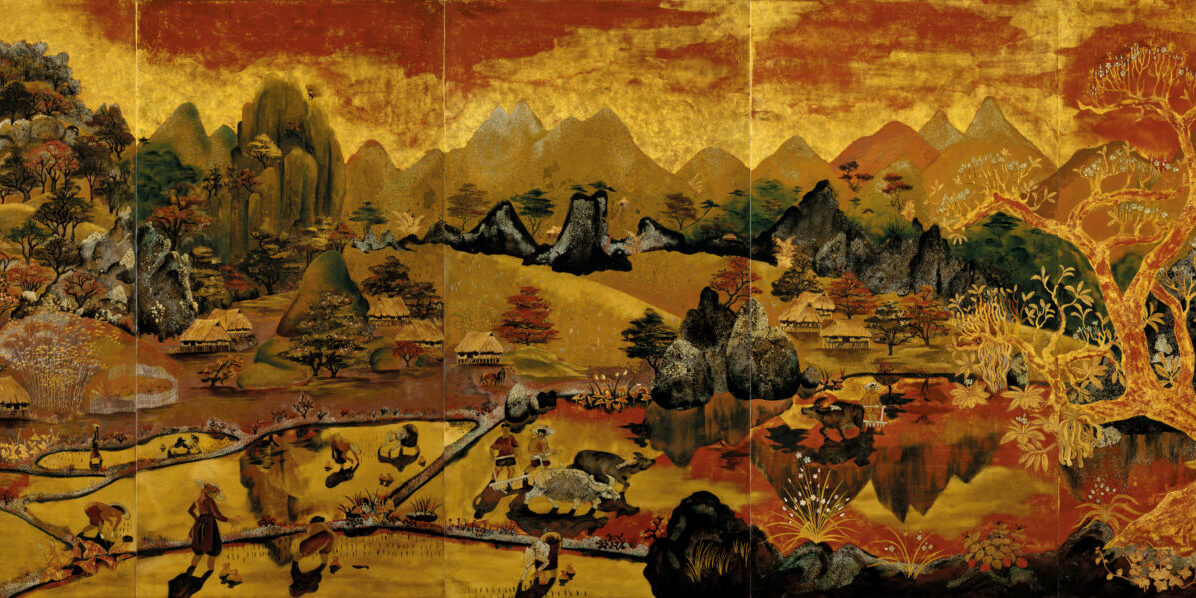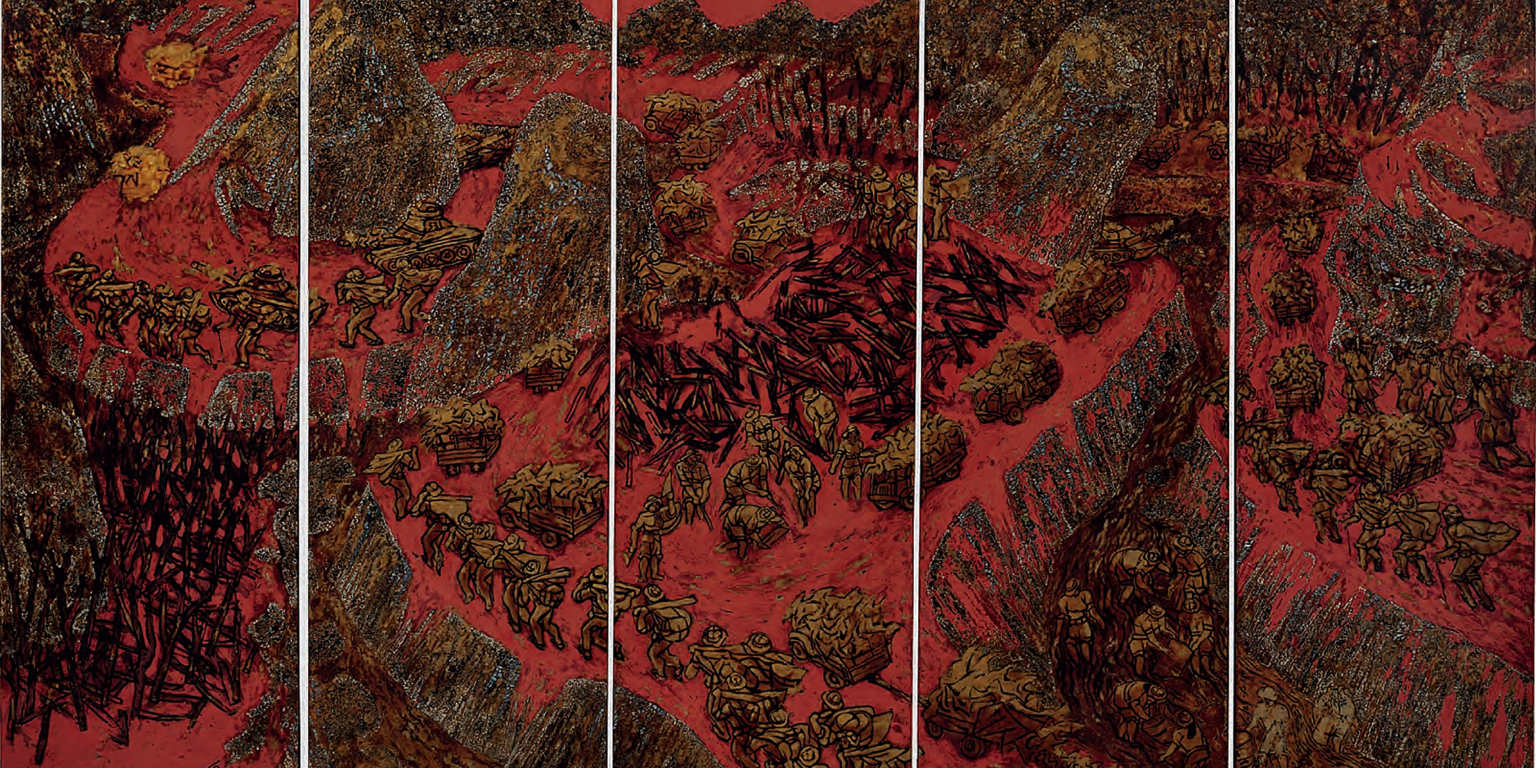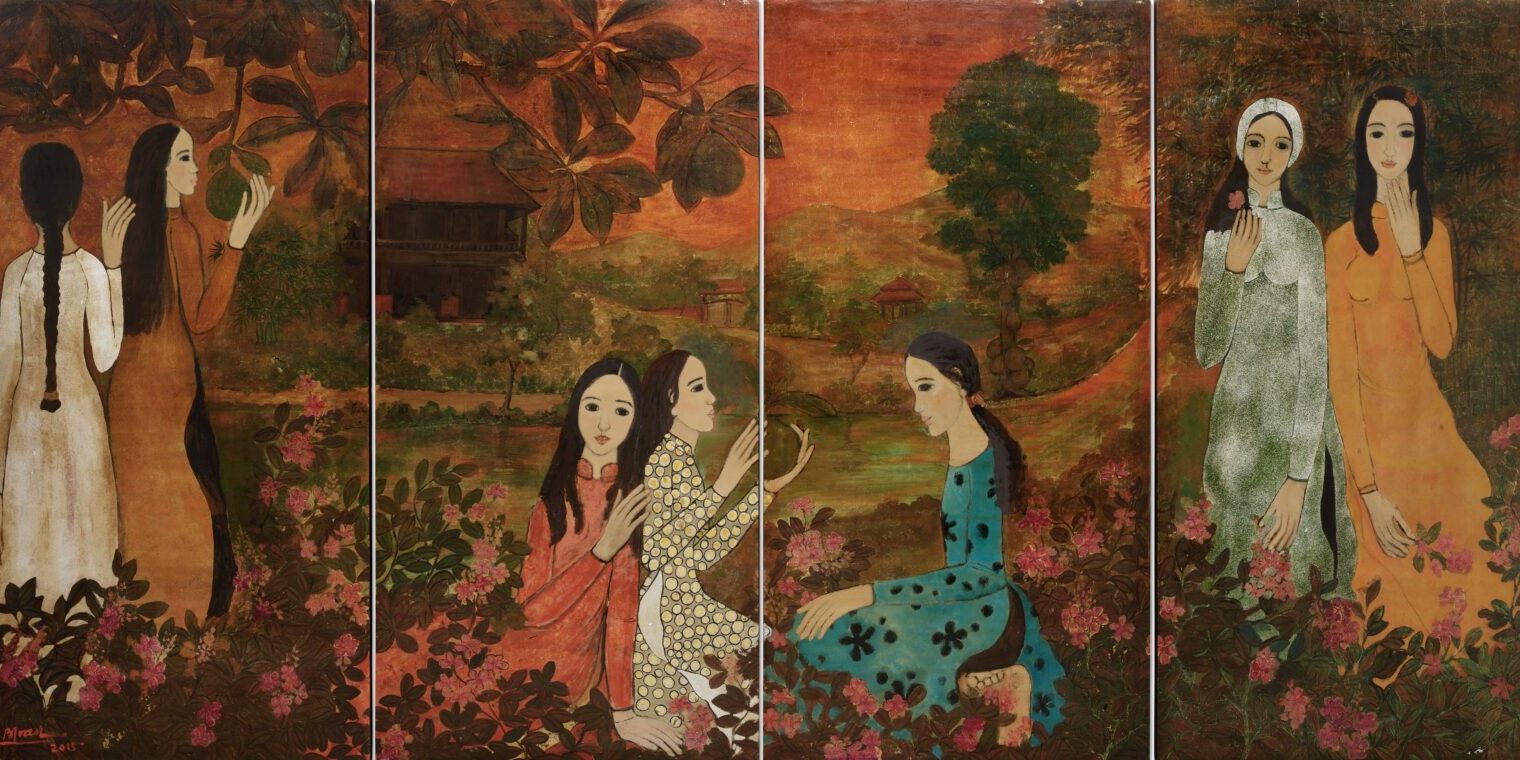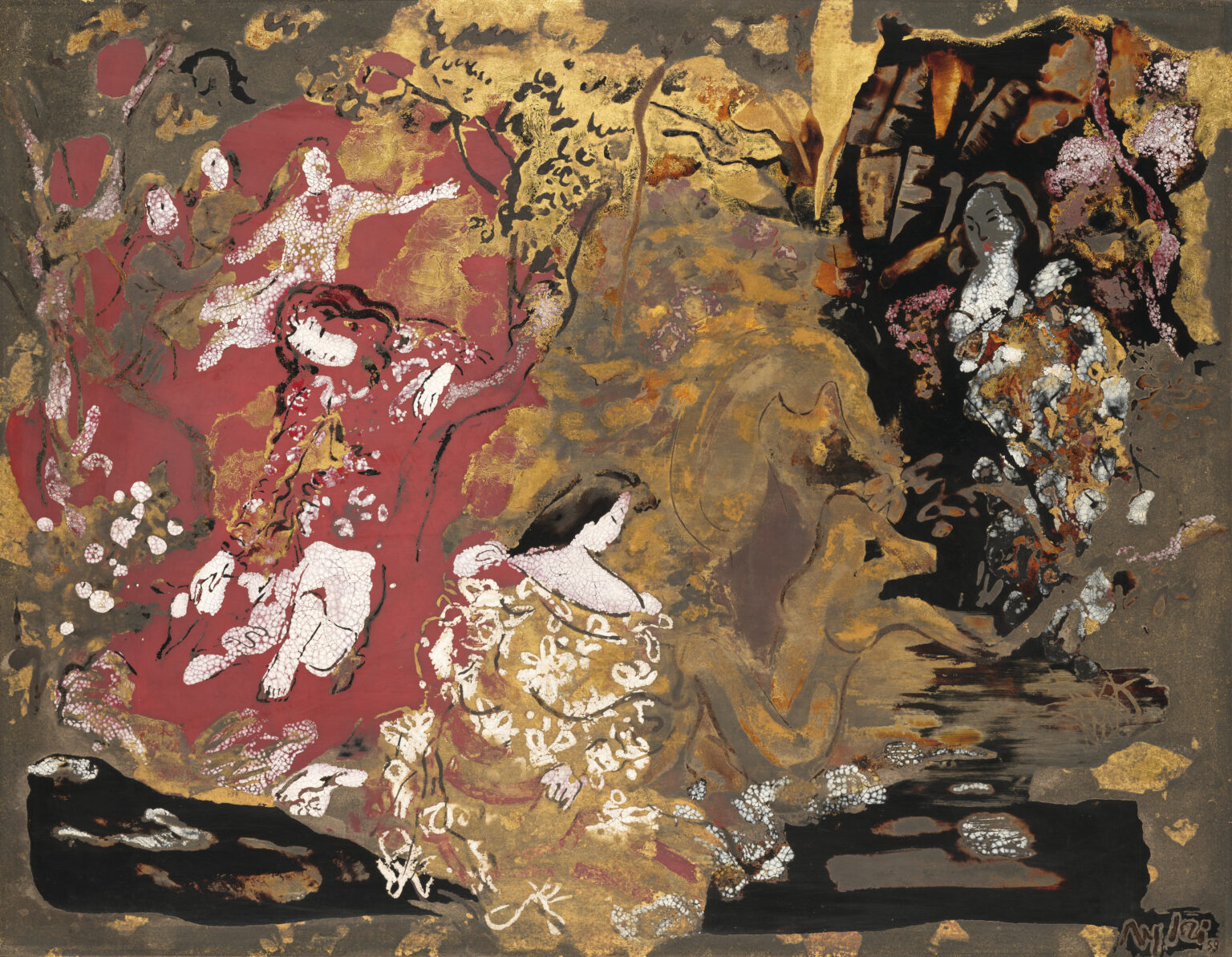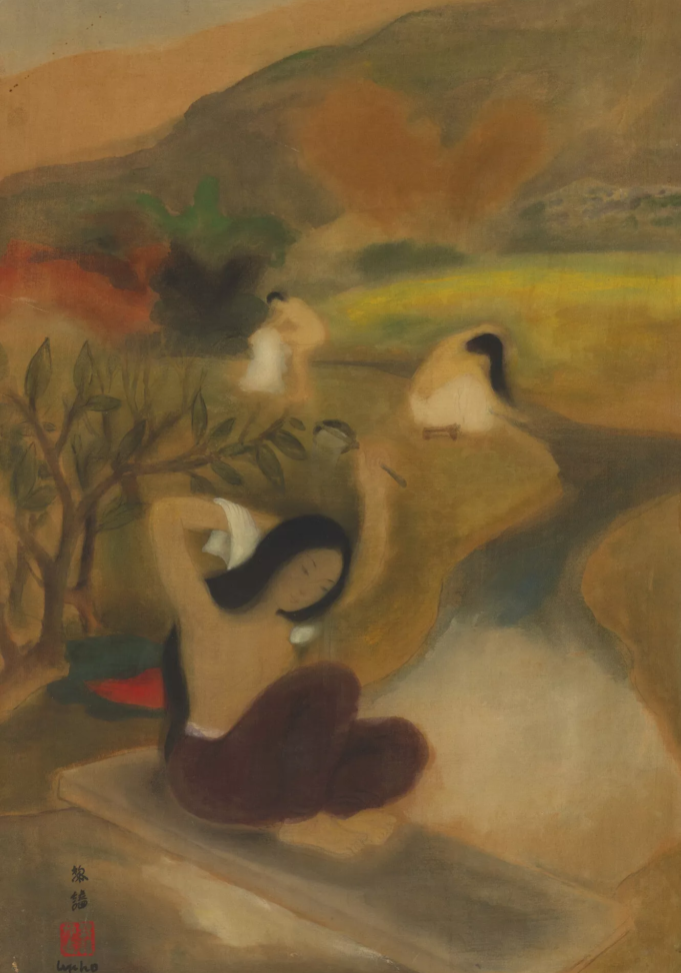Christie's: 'The Phoenix Glue and the Broken Silk Thread'
Important Vietnamese Artworks from the Melchior Dejouany Collection
Paris – Christie's is pleased to be associated with the seventh edition of the Asian Spring in Paris. To celebrate the centenary of the creation of the School of Fine Arts of Indochina, Christie's will present from June 8 to 13 an exhibition of important artworks from the Melchior Dejouany Collection devoted to Vietnamese art with no fewer than nine artists, including Lê Phổ, Mai Trung Thứ, Vũ Cao Đàm, Nguyễn Gia Trí, Lương Xuân Nhị, Hoàng Tích Chù, Trương Bé, Nguyễn Trung and Bội Trân.
Bringing together eleven exceptional works by nine distinguished Vietnamese artists of the 20th and 21st centuries, the exhibition of the Melchior Dejouany Collection invites viewers on a captivating journey through the timeless allure of Vietnam. Thanks to his discerning eyes and the invaluable guidance of renowned Vietnamese art expert Jean-François Hubert, Melchior Dejouany’s collection has flourished over the past decade, spanning a diverse range of mediums. Over the years, his collection has brought together works that witnessed eighty years of Vietnamese art (1935-2015), featuring pieces by prominent figures of the Indochina School of Fine Arts, such as Nguyễn Gia Trí, Lê Phổ, Vũ Cao Đàm, and Lương Xuân Nhị, among others, as well as talented contemporary artists who are yet to receive widespread recognition, such as Nguyễn Trung, Trương Bé, and Bội Trân.
This exhibition, running alongside our Asian Art sales, will take place at Christie’s Paris from June 8th till 13th.
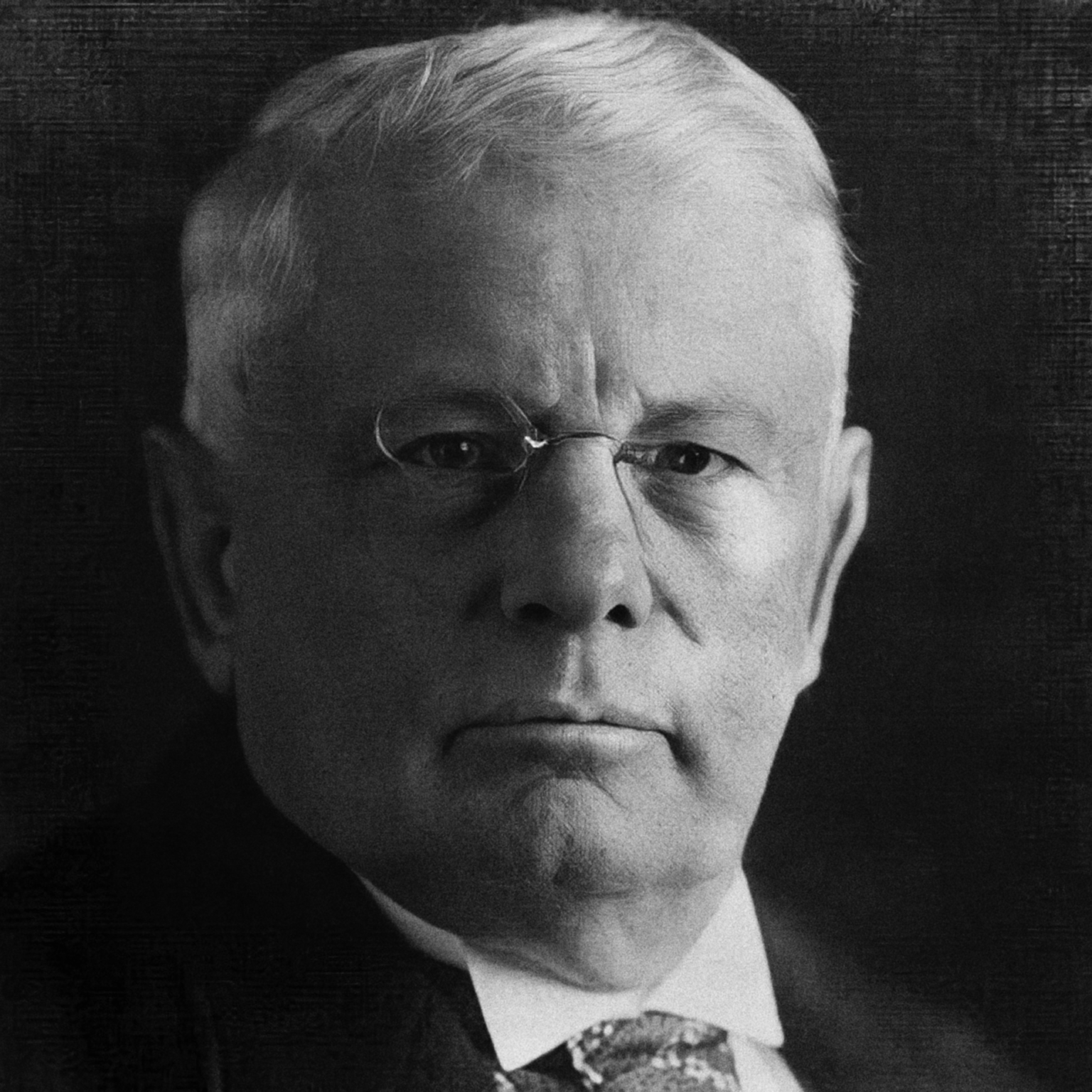
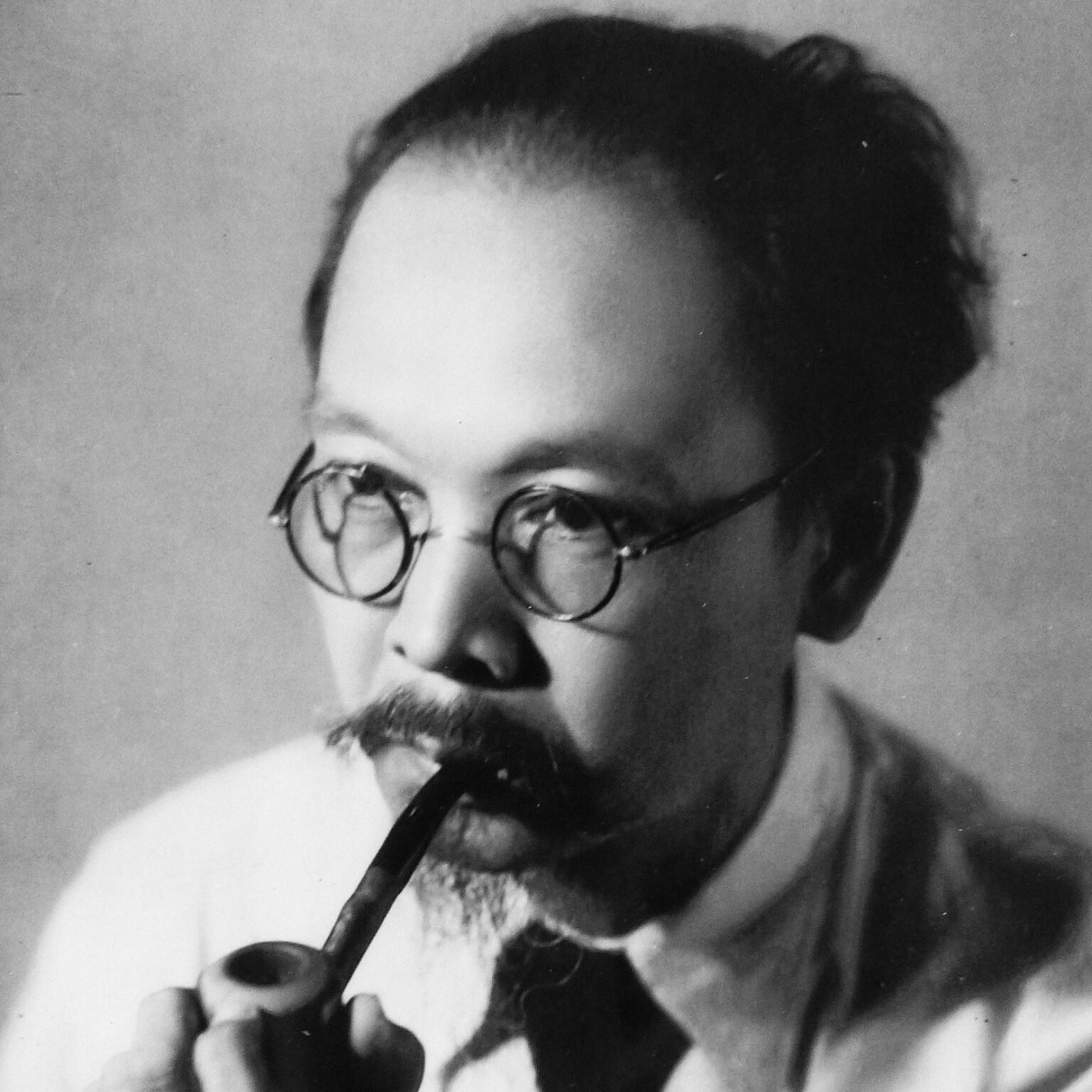
The Indochina School of Fine Arts was founded in the fall of 1924 by two artists: Victor Tardieu (1870-1937), a French academic painter with the assistance of Nguyễn Vạn Thọ (known as Nam Sơn, 1890-1970), self-taught Vietnamese artist. These two educational artists give shape to a cultural encounter between the East and the West. It brings together traditional knowledge and processes from East Asia with European practices. These artistic universes and their associated techniques will, therefore, feed each other reciprocally.
The eleven works presented in the exhibition come from Melchior Dejouany's personal collection, which he has built over the last ten years. In 2012, he discovered a Vietnamese lacquerware created by the artist Boi Tran. He has since become passionate about Vietnamese art, the diversity of its techniques and the richness of its subjects, striving to bring together a collection representing 100 years of Vietnamese art (1920-2020) between lacquer, painting on silk, drawings, oil on canvas and sculpture.

Despite the tormented history of Vietnam in the 20th century, it is the incredible delicacy, technical mastery and ode to the beauty that emerges from these works
Melchior Dejouany.
The teaching provided by the Hanoi School of Fine Arts allows artists to free themselves from the rules to better make them their own. Thus, Luong Xuan Nhi's reputation is based on graceful female portraits where realism and romanticism, tradition and modernity combine. As this Portrait of a Lady from 1939 attests, the artist, also nicknamed Master of the Color Green, perfectly mastered the secrets of oil painting while dressing his model in traditional clothing. Awarded in 1936 by the Society for the Encouragement of Art and Industry, Luong Xuan Nhi taught for nearly 25 years at the Indochina School of Fine Arts.
Vu Cao Dam is one of the Vietnamese artists whose talent has quickly established itself in France. First noticed for his sculptures, Vu Cao Dam sees in plaster, clay, bronze or rock the opportunity to explore new techniques while remaining faithful to his roots. This Head of a Woman with Asian Features, terracotta from 1939, simultaneously reveals soft and expressive modelling. Following his teaching at the School of Hanoi, once settled in France, Vu Cao Dam also followed that of the Ecole du Louvre, which was decisive in his artistic approach and led him to develop his pictorial technique. Most of his paintings combine the influences of impressionism and post-impressionism – he was close to Chagall – with the cultural heritage of his country of origin. In fact, many of his works are inspired by scenes from the 19th-century epic poem The Tale of Kieu, an imagination known to all Vietnamese capable of discovering the subtext present in his works, notably here in The Departure (1953, ill.p.1).
The exhibition will also feature majestic lacquer panels by Hoang Tich Chu, Nguyen Trung, Truong Be and Boi Tran. Like many other artists, they were trained in the ancestral art of lacquer in the workshop founded by Joseph Inguimberty within the School of Fine Arts of Indochina. Going beyond the lessons of his masters, Nguyễn Gia Trí is one of the significant representatives of this art. With its palette of reds, ocher, amber brown and gold, it stands out with Vietnamese landscapes made of lush gardens with refined details. In Perfection or Women and Gardens of Vietnam, the artist favours material effects, lively drawing and spontaneous gestures.
Lê Phổ is perhaps one of those who best embodies the syncretism between the West and the Far East. He chose to keep silk as a support while making it his own, the different artistic influences he witnessed in France. The bathing, dated 1938 (ill. p.1), testifies to the constant evolution of his painting. His poetic universe readily approaches that of Bonnard, to whom he had deep admiration. The viewer must thus grasp the captivating grace of the women, their sensuality within the masses constructed with matte tones of gouache, and its vaporous touch, which also evokes the paintings of Odilon Redon. With The Philosopher (1956), painted almost twenty years later, shapes and characters merge and tend towards abstraction.
Location
Christie’s Paris
9 Avenue Matignon
75008 Paris
Viewing
8 June, 10am – 6pm
9 June, 2pm – 6pm
10 June, 10am – 6pm
11 June, 10am – 6pm
12 June, 10am – 6pm
13 June, 10am – 6pm
Contact
+33 (0) 1 40 76 85 85
